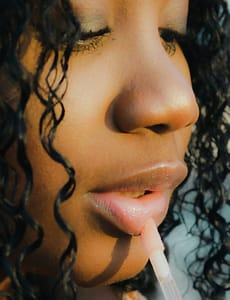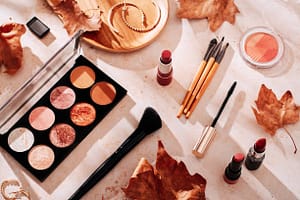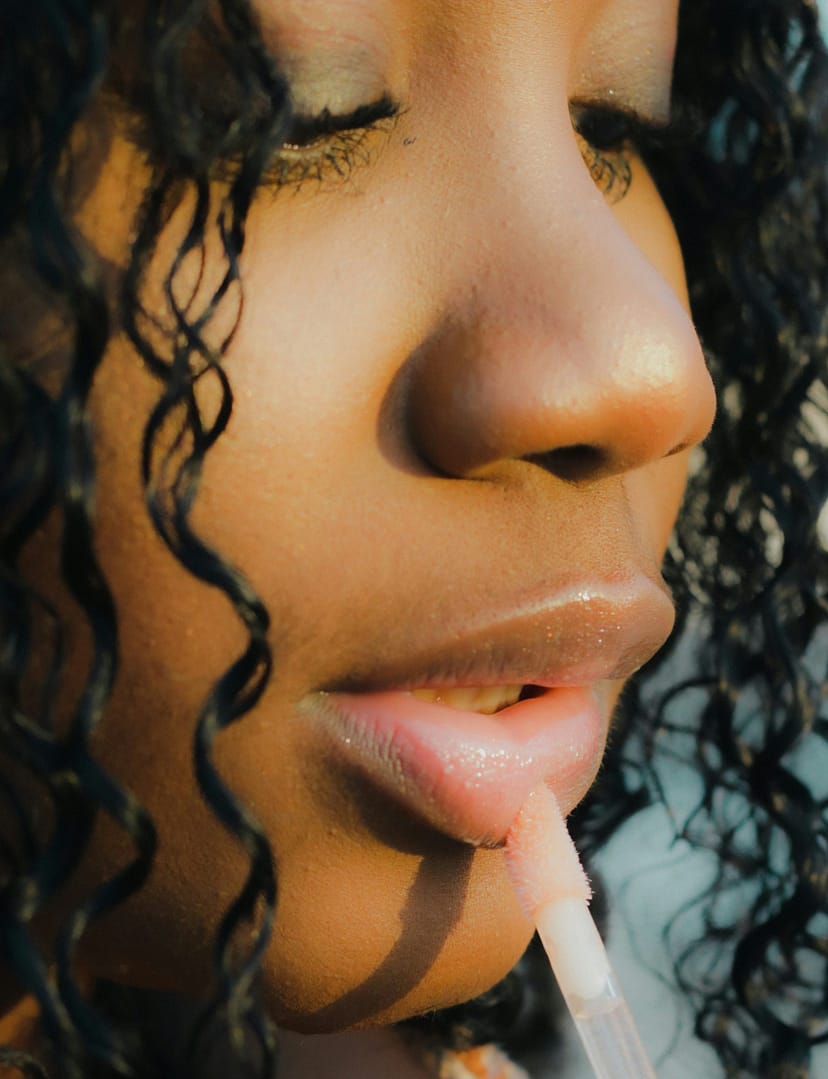

In the vast world of cosmetics, while many products promise beauty and transformation, not all are benign. The pursuit of beauty can sometimes lead us down a path lined with products that, unbeknownst to many, may carry significant risks. This exploration delves into the darker side of cosmetics, uncovering products that have raised concerns over their potentially harmful effects on human health. From foundations and lipsticks to creams and hair dyes, the cosmetic industry offers a plethora of products, some of which contain ingredients that could be more harmful than beneficial. It’s crucial for consumers to stay informed about these ingredients and their possible impacts.
1. Lead in Lipsticks
For years, lead, a neurotoxin, has been a significant concern in lipstick formulations. Even in small amounts, lead exposure can lead to serious health issues, including neurological damage, reduced fertility, and hormonal imbalances. The FDA has set limits on lead in color additives used in cosmetics, but even trace amounts can accumulate over time, raising health concerns.
2. Parabens in Skincare and Makeup
Parabens are widely used as preservatives in cosmetics, skincare, and personal care products to prevent the growth of microbes. However, their ability to mimic estrogen has linked them to breast cancer and reproductive issues. The debate over their safety continues, but many consumers now seek paraben-free products.
3. Formaldehyde in Hair Straightening Products
Formaldehyde and formaldehyde-releasing preservatives are used in various cosmetic products, especially in hair straightening treatments. Known for its carcinogenic properties, formaldehyde exposure can lead to respiratory problems, skin irritation, and cancer. The cosmetic industry often uses formaldehyde-releasing preservatives that, when exposed to water during product use, release formaldehyde gas.
4. Phthalates in Fragrances
Phthalates are a group of chemicals used to make plastics more durable and are also used as solvents in cosmetics and personal care products, particularly in fragrances. Research has linked phthalates to endocrine disruption, reproductive birth defects, and increased risk of breast cancer. Their presence in fragrances is concerning due to the lack of specific ingredient disclosure due to trade secret laws.
5. Toluene in Nail Polish
Toluene, a solvent found in nail polishes and treatments, can affect the central nervous system and cause reproductive harm. Its vapors are particularly concerning in poorly ventilated areas, leading to symptoms like dizziness, headaches, and nausea. Prolonged exposure can lead to more severe health issues.
6. Hydroquinone in Skin Lighteners
Hydroquinone is a skin-lightening agent that reduces the production of melanin. However, it’s associated with a condition called ochronosis, leading to irreversible skin darkening and disfiguration, particularly in darker-skinned individuals. Its use is banned or restricted in many countries due to these risks.
7. Mercury in Skin Creams
Mercury, used in some skin creams and lotions, especially those marketed as skin lighteners, can lead to mercury poisoning. Symptoms include neurological and kidney damage, skin rashes, and scarring. The use of mercury in cosmetics is banned in many countries, but it can still be found in products sold illegally or in certain markets.
8. Coal Tar in Hair Dyes
Coal tar, a byproduct of coal processing, is used in dandruff shampoos and hair dyes. It’s known for its carcinogenic properties and can cause skin irritations and allergies. While the concentration in cosmetics is typically low, long-term exposure raises concerns, particularly for hair dye users.
Addressing the Risks
In response to these concerns, regulatory agencies and the cosmetic industry have taken steps to limit or ban the use of these hazardous substances in cosmetic products. Moreover, there’s a growing movement towards more natural and organic cosmetic formulations that avoid these harmful ingredients.
Consumer Awareness and Action
Consumers play a pivotal role in navigating the cosmetic landscape safely. By staying informed about potentially harmful ingredients and understanding product labels, consumers can make healthier choices for themselves and their families. Seeking out products with safer, natural alternatives and supporting brands committed to transparency and safety can also drive positive change in the industry.
While the cosmetic industry offers a myriad of products designed to enhance beauty, it’s crucial to remain vigilant about the ingredients used in these products. By prioritizing health and safety over fleeting beauty trends, consumers can enjoy the benefits of cosmetics without compromising their well-being. As the industry evolves, hopefully, so too will the commitment to safer, more transparent beauty solutions.
Read Also:20 beauty and skincare hacks that actually work
Nourish Your Way to Timeless Beauty: Anti-Aging Foods and Nutrient-Rich Recipes for 2024

https://t.me/carteams_ru
Группа в телеграм по чип тюнингу
Помощь, обсуждение и решение сложных вопросов по чиптюнингу автомобилей
работа с оборудованием kess,ktag,pcmflasher,combiloader и др.
алибровка прошивок ЭБУ,удаление AdBlue, DPF, FAP, EGR,E2,Valvematic
тюнинг Stage1 Stage2
Вступайте https://t.me/carteams_ru
Калибровка прошивок ЭБУ на заказ
EGR,DPF,E2,VSA,SCR,ADblue,Stage1,Stage2
Заказ можно оформить
1)телеграмм https://t.me/carteams
2)Группа в ВК https://vk.com/autokursynew
цены
1)экология(евро2,ЕГР,ДПФ и пр.) от 1500р
2)тюн от 1500
3)тюн и экология от2000-2500